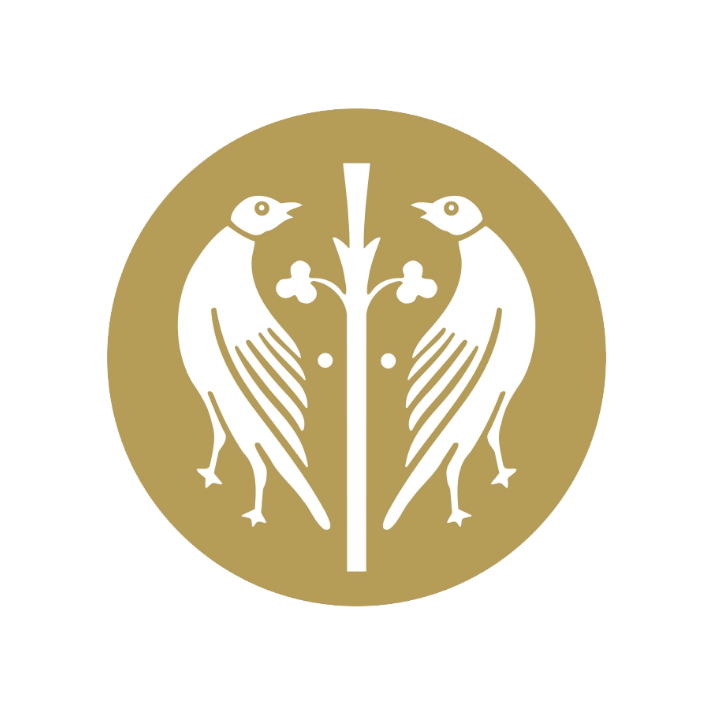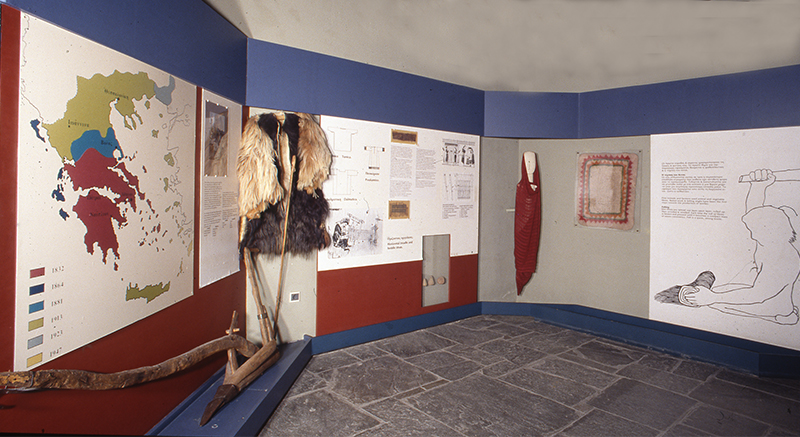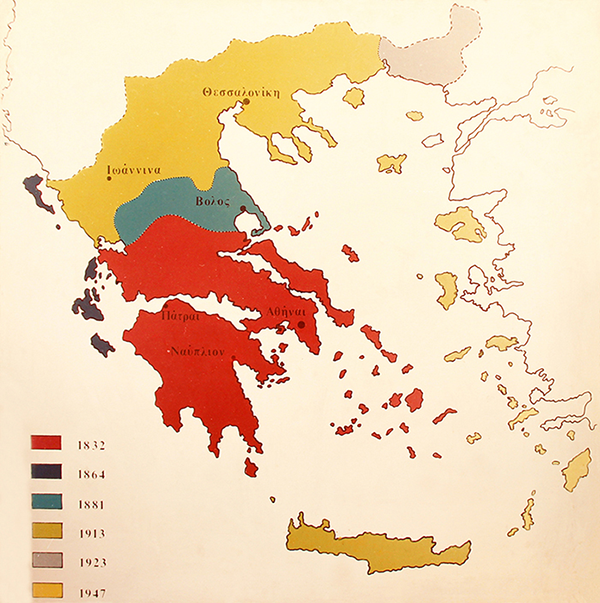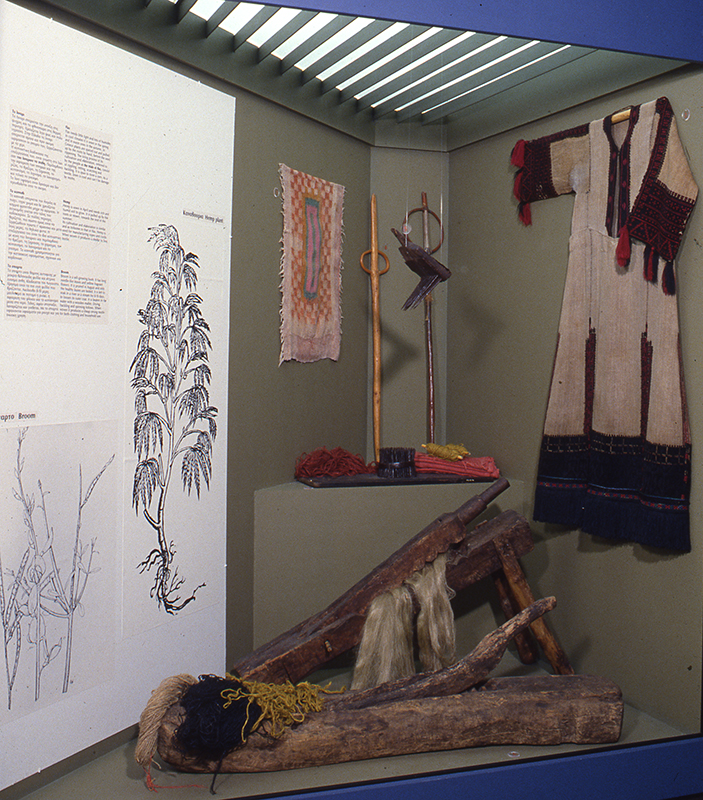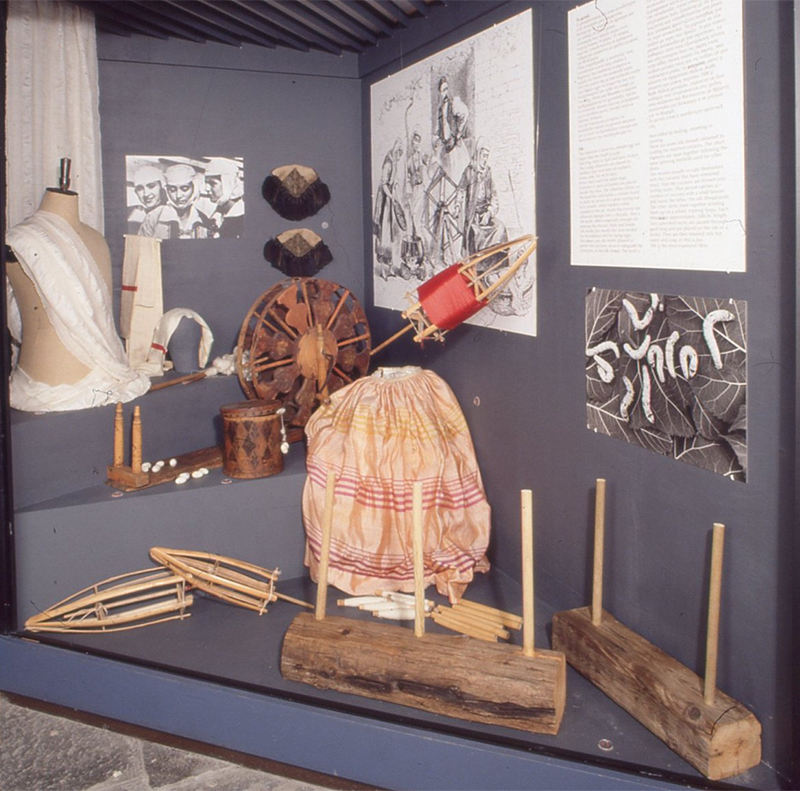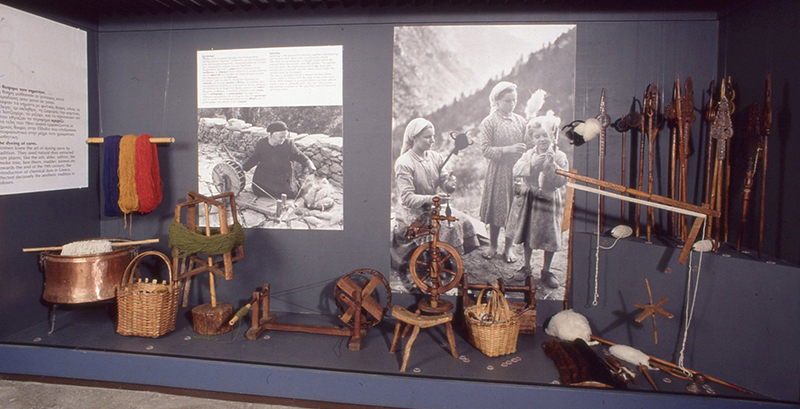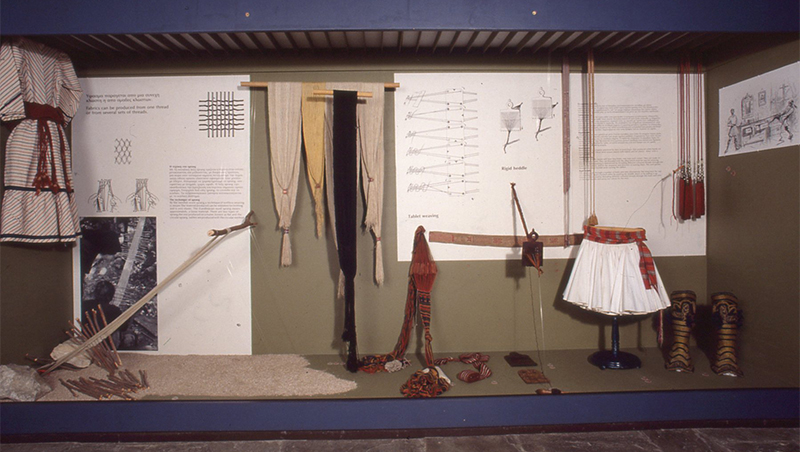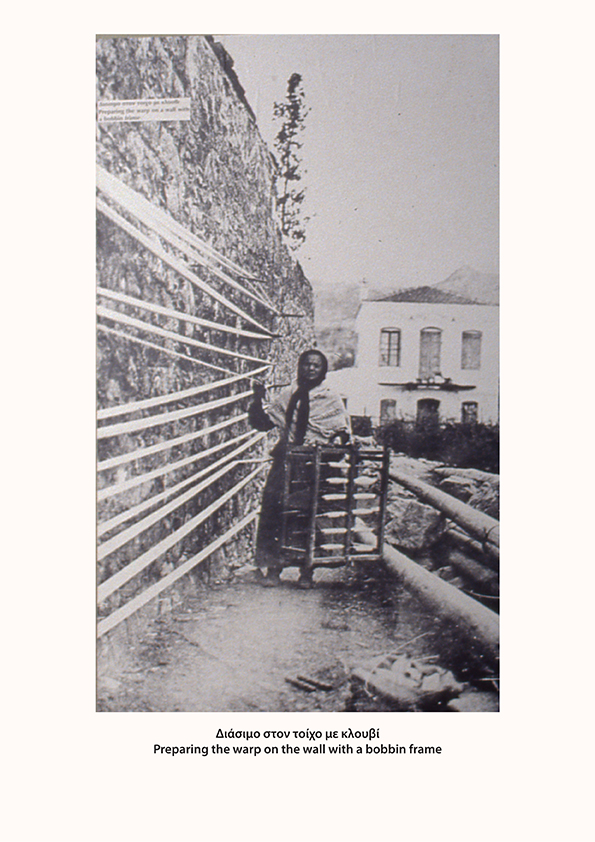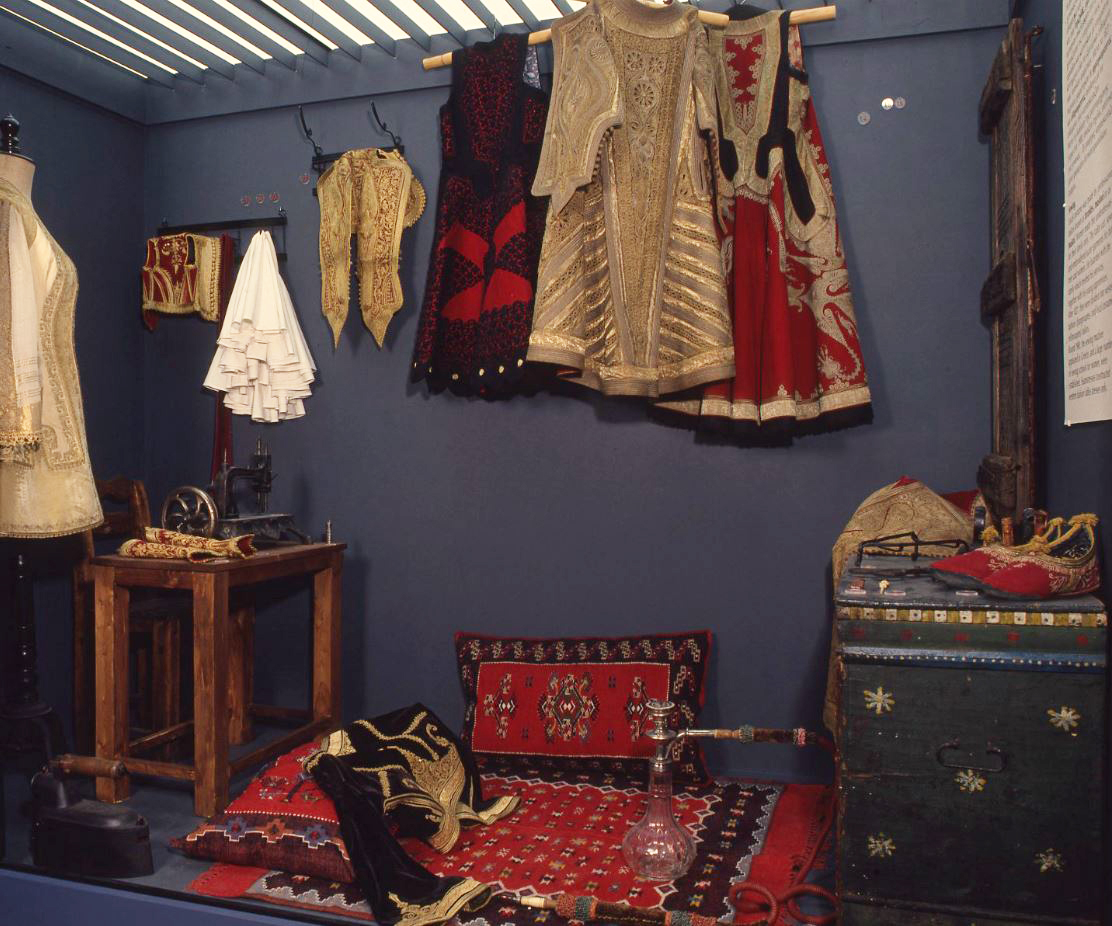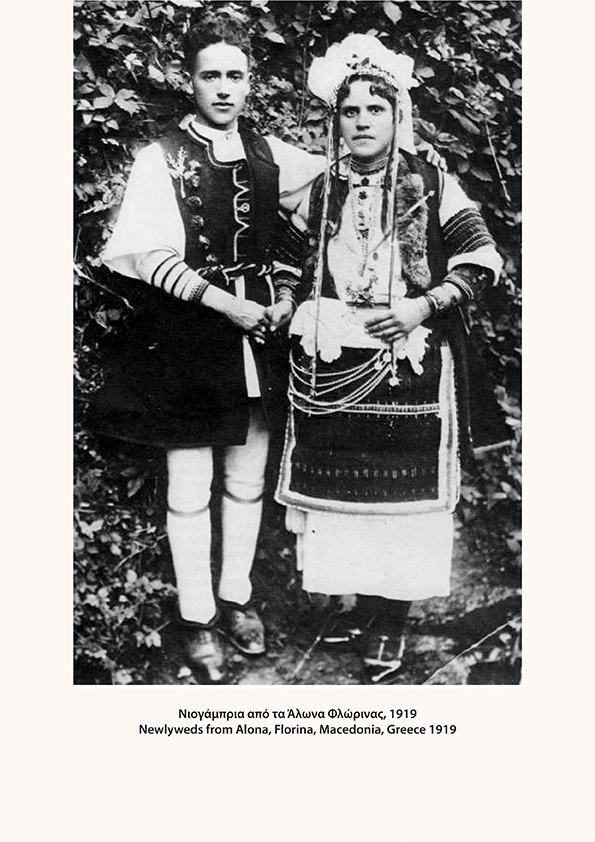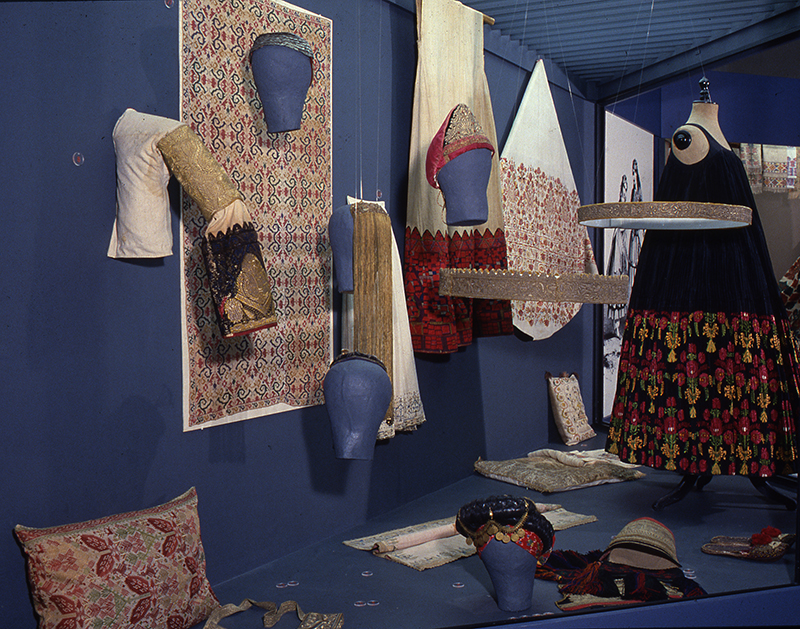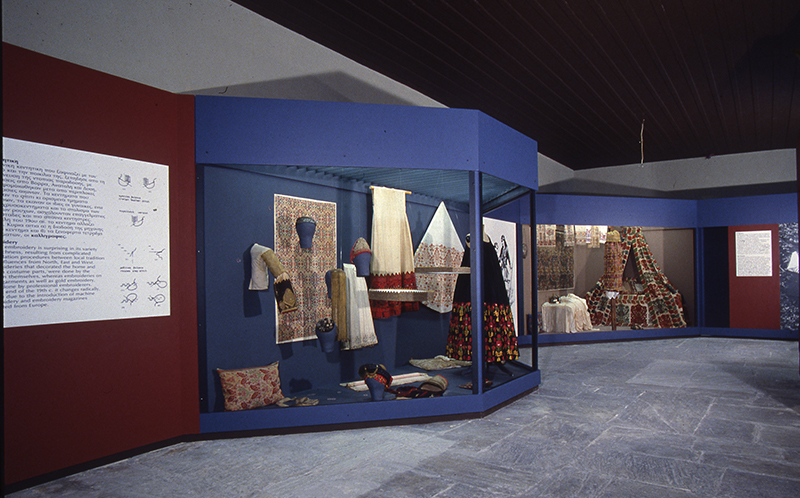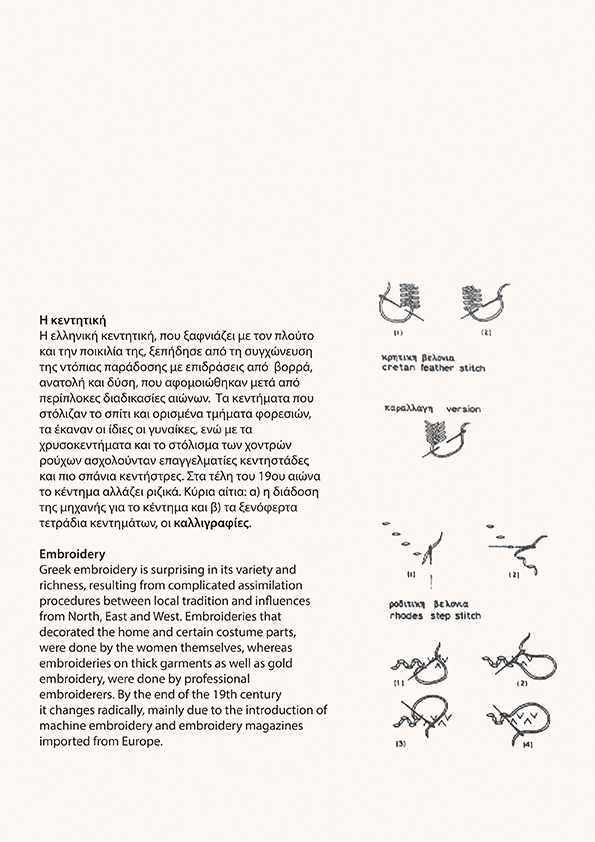The following text was published in 1981.
Prize awarded to the Museum of the Peloponnesian Folklore Foundation (now Basil Papantoniou Foundation)
The Peloponnesian Folklore Foundation has been awarded the title of European Museum of the Year (1981). The award ceremony took place on the April 15, 1982, in Stockholm. This distinction constitutes a very special honour for our country, since 41 European countries competed for the three prizes awarded in this contest, which has been held every year, since 1977.
We may mention for the information of our readers, that the following museums have been awarded this title, to date: The Ironbridge Gorge Museum Trust, Great Britain, in 1977, Schloss Rheydt Municipal Museum, Monchengladbach, F.R.G., in 1978, Musee Camarguais, Arles, France, in 1979 and State Museum «Het Catharijneconvent, Utrecht, Holland, in 1980.
It is worth nothing that the competition was particularly close between the Museum of Musical Instruments of Stockholm and the Museum of the Peloponnesian Folklore Foundation. The prize was finally won by Greece, not only for the exhibition entitled “Production, Processing and Application of Natural Fabres in Greece”, which was held, during the past year, at the Museum of the PFF (now BPF), but mainly because of the manifold activities of the Foundation in the area of tradition.
Among the museums taking part in this year’s competition were the Musée Communal de la ville de Bruxelles (Belgium), Folk Art Museum (Yeroskipou, Cyprus), Nationalmuseet (Denmark), Burgher’s House, Helsinki City Museum (Finland), Musée de Préhistoire Île-de-France (France), Historisches Museum (Germany), London Transport Museum (Great Britain), The Peggy Guggenheim Collection (Italy), etc.
The 1981 Awards
As we have pointed out before, we are not in the architectural business. Our prime concern is with the museum as a functioning unit, not with the building which houses it. We may admire the beauty of a new museum building and we may note the fact that it had a distinguished architect, but we are mainly concerned with what it does, with its efficiency, not with what it is, its aesthetics. And the ingenious, skilful conversion of an old building is just as likely to impress us as a prestigious piece of architecture which started with a bare site.
This year we have brand-new buildings at Nemours, Emmen, Stockholm –The Ethnographical Museum– and Chur, and adaptations and conversions everywhere else. It is perhaps significant that the winner of the European Museum of the Year Award, the Folk Art Museum (now "B. Papantoniou" Museum) at Nafplion, in Greece, has achieved its success in an old building, which has been remodeled with great skill and sensitivity to provide the kind of accommodation which exactly matches the character of the displays and the feeling for tradition which is at the centre of the Museum’s policy. It is very doubtful if a new building, however brilliantly designed, would have yielded such good results.
Nationally and internationally, what has been done at Nafplion is remarkable. The new Folk Art Museum there is in every way a worthy successor to previous winners of the Award. Its importance within Greece itself can hardly be exaggerated. The archaeologist has dominated the museum scene in Greece for what many observers consider a disastrously long time, and it has taken two very determined, well-equipped and enthusiastic private individuals to break the archaeological monopoly and to give Greece at least the beginnings of a broad spectrum of museums which is taken for granted in most other countries.
A splendid new Natural History Museum on the outskirts of Athens, with excellent collections and planned and designed to the highest international standards, is already functioning and will completed next year, when we hope to have it as a candidate for the Award. It has been created entirely with private money and without it Greece would have no Natural History Museum.
The Folk Art Museum at Nafplion is the result of many years of devoted effort on the part of Ioanna Papantoniou, whose attempts to set up the necessary Foundation met every possible kind of legal and bureaucratic obstacle, on a scale which would have caused lesser mortals to abandon the struggle. The quality and size of its collections, the excellence of its displays, the superb graphics, the range and scholarship of its research projects and the originality and thoroughness of its educational programme would have been remarkable in Sweden or the Netherlands. In Greece they represent something close to a miracle, and the Committee would like to congratulate Mrs. Papantoniou very warmly on her achievement.
We should perhaps add that, necessarily in a smaller way, the new Folk Art Museum at Yeroskipou, in Cyprus, also marks the beginning of the end of the archeology monopoly there and the gradual and most welcome movement into the modern museum world. We regard this entry as of particular significance.
The competition this year was exceptionally strong. Nafplion was run very close by the Music Museum in Stockholm which, as one member of our Committee put it, “really does do what many other museums say they do”. He was thinking especially of the opportunities given to visitors to try musical instruments for themselves, and to the imaginative manner in which Swedish musical history has been placed in its social setting.
The Historical Museum at Olten received high praise for its educational work, for its use of unconventional materials, and for its standard of design, especially in the archaeological section. The Natural History Museum at Solothurn was also well thought of, for its emphasis on communication, its lively atmosphere and its imaginative use of volunteer workers. “Hunday”, the National Farm and Tractor Museum at Stocksfield, winner of the British Museum of the Year Award, was visited by four members of our Committee, who all found much to admire in the restoration of what is in effect a small village, in its remarkable collections, in the excellent curatorial arrangements and in the fact that all the finance required to create this large and thriving enterprise had come from private sources. There were, inevitably, comparisons with the immensely successful “Africanium and Zoo” at Emmen where, once again, private initiative was wholly responsible for the establishment of what is now one of the most popular and prosperous museum institutions in Western Europe.
